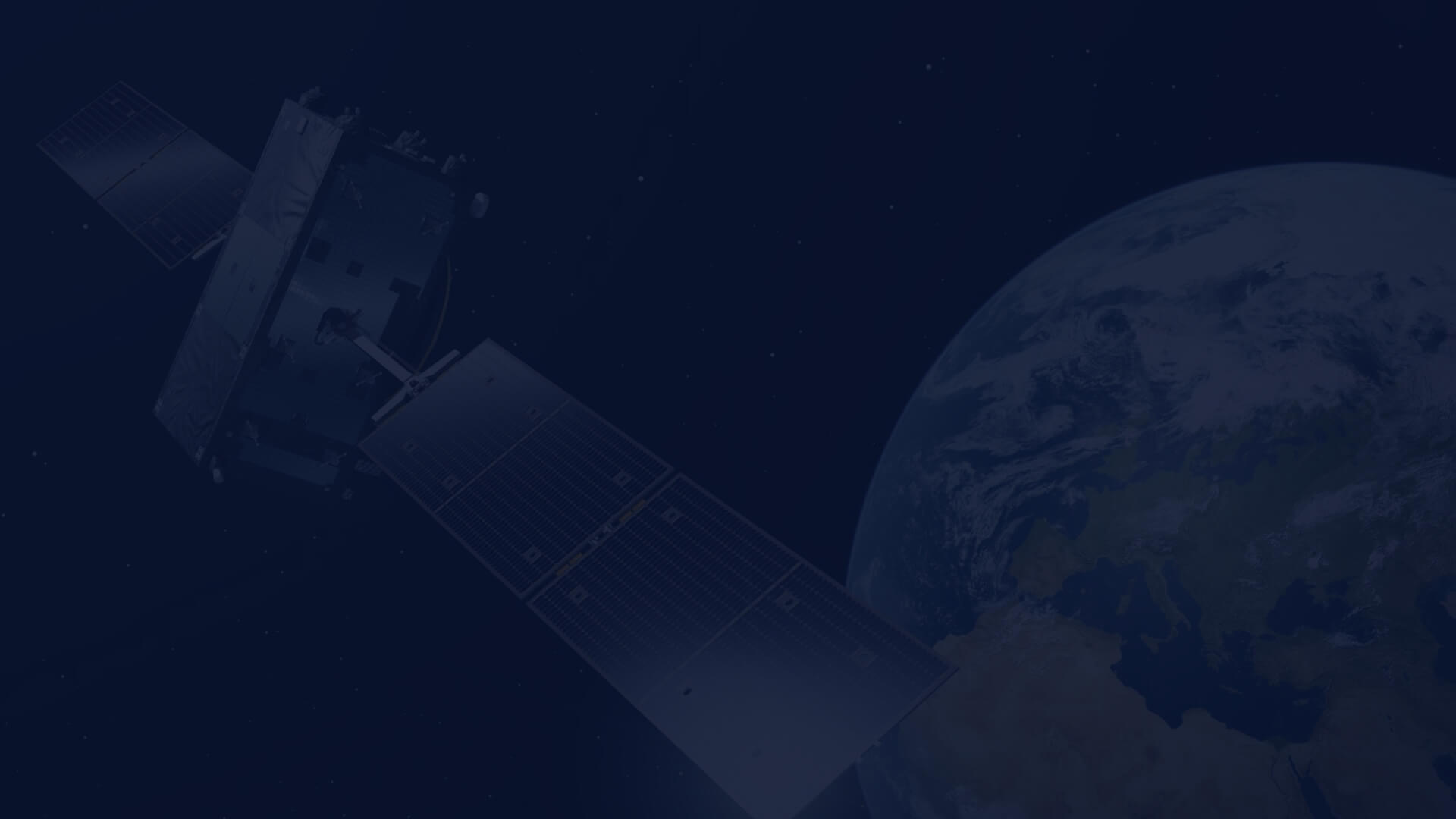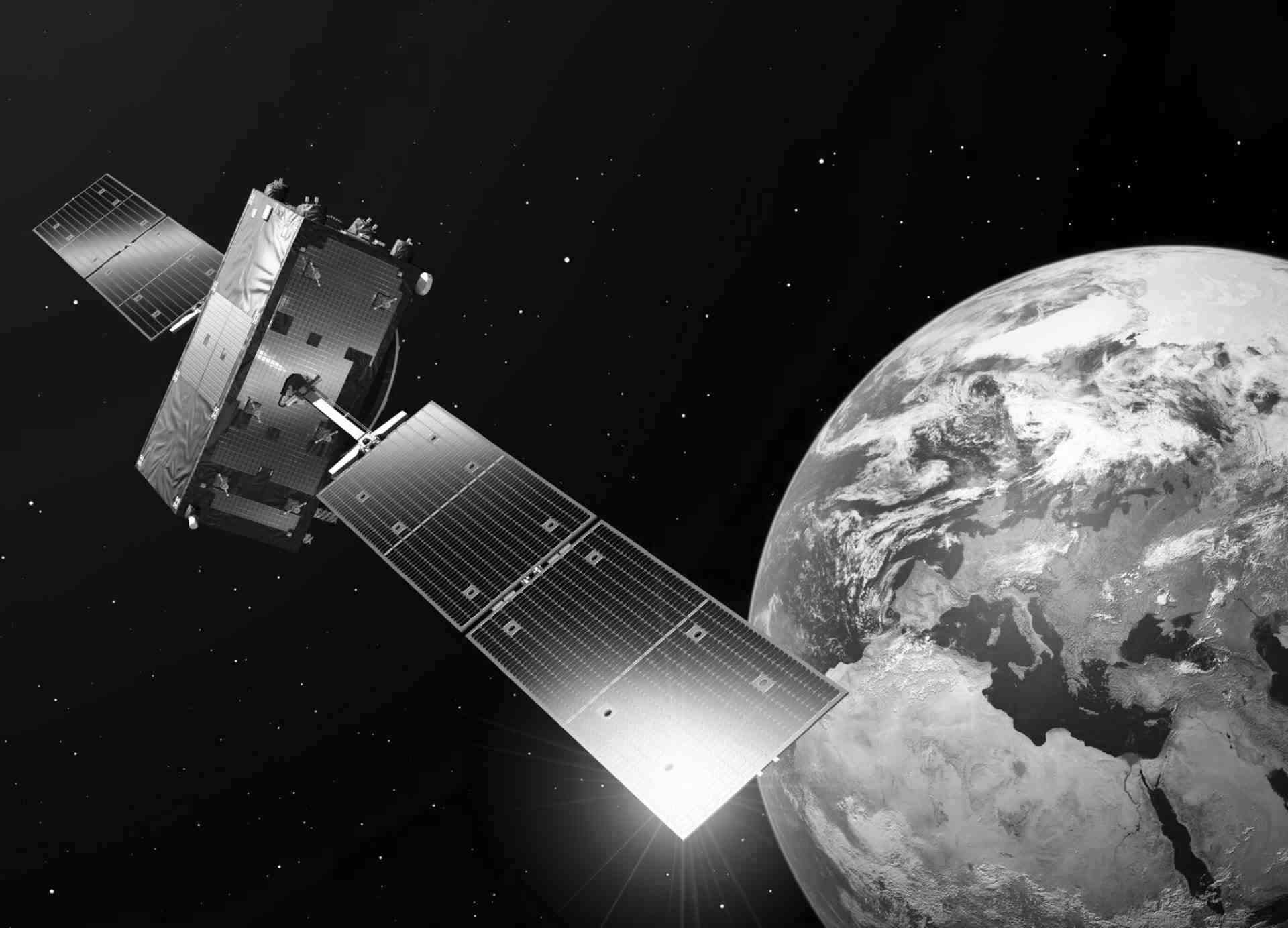Sentinel-6: Monitoring Ocean Changes from Space
Author: Tomasz Furtak, Data Scientist at CloudFerro
Oceans and seas are among the least explored areas of our planet. Their exploration requires the use of various techniques, ranging from direct measurements at great depths to remote studies conducted using satellites. Ocean waters hide countless mysteries, that is why understanding them is crucial for grasping ecosystems, climate, and the impact of oceans on human life. A key aspect of research is monitoring changes occurring in the oceans, such as tides, ocean currents, waves, and water temperature.
As scientific interest in oceanography grows, so does the need to develop new research methods. One of the key tools in this field is remote sensing, which is divided into active and passive sensing. In response to these needs, the European Space Agency (ESA) is conducting the Sentinel-6 observation mission, whose main goal is altimetry—precise measurement of ocean surface height.
Copernicus Sentinel-6 is a satellite mission carried out within the Copernicus programme. Its task is to monitor changes in sea and ocean levels with unique accuracy. The satellite is equipped with advanced altimetric instruments, enabling precise measurements of water surface topography. The data obtained by Sentinel-6 are crucial for studying climate change, analyzing ocean dynamics, and predicting extreme weather phenomena such as hurricanes.
Currently, the mission consists of two satellites, with another planned for launch in the future. Sentinel-6 utilizes two main types of altimetric sensors. The first is Poseidon-4, a radar instrument operating in SAR mode (active remote sensing). It sends a radar signal toward Earth and then analyzes its reflection, allowing precise determination of ocean surface height. Poseidon-4 operates in two channels—C and Ku—characteristic of radar altimetric measurements.
The second key instrument onboard Sentinel-6 is AMR-C, a passive microwave radiometer. Its primary function is atmospheric correction of signals from the Poseidon-4 radar. Unlike active sensors, AMR-C does not emit its own signal—it only receives electromagnetic waves emitted or reflected by Earth's surface. It operates in three different spectral bands, allowing for precise consideration of atmospheric influence on altimetric measurements.
Measurements in Sentinel-6 consist of individual, localized altimetric readings taken within the satellite's orbital area, enabling cross-sectional analyses of oceans. The final product of the Sentinel-6 mission is in the NetCDF format. Although NetCDF is not commonly used for traditional raster data in Earth Observation applications, it is particularly appropriate for handling the type of data produced by Sentinel-6. This is due to the multidimensional and point-based nature of altimetric measurements, which require flexible structures to store variables along spatial, temporal, and other dimensions.


Sentinel-6 includes various types of products that differ in the characteristics of the studied phenomena, as well as in data structure and processing level. Available products include AMR-C, P4L1, and P4L2. It is important to note that each product type contains different timeliness levels. There are three main timeliness levels: Near-Real Time (NRT), Short Time Critical (STC), and Non Time Critical (NTC). NRT products are available within three hours of acquisition and are primarily intended for operational meteorological use; STC products are delivered within 36 hours and support ocean modelling; while NTC products offer the highest quality data for climate studies, with availability up to 60 days after acquisition. These differences in delivery time influence both the structure and intended applications of the data. Below there is a list of chosen variables included in the product structure from the Poseidon-4 sensor, processed to Level 2:
| ATTRIBUTABLE LABEL | DESCRIPTION | DATA TYPE |
| altitude | Altitude above sea level | int32 |
| altitude_rate | Altitude change rate | int32 |
| depth_or_elevation | Ocean depth or elevation | int16 |
| amr_rain_flag | Rain flag from AMR | int8 |
| amr_sea_ice_flag | Sea ice flag from AMR | int8 |
| distance_to_coast | Distance to the coast | int16 |
| latitude | Latitude | int32 |
| longitude | Longitude | Int32 |
| mean_dynamic_topography | Mean dynamic topography | int16 |
| mean_swell_wave_direction_from | Swell wave direction from which it originates | int16 |
| ocean_tide_eq | Equatorial ocean tide | int16 |
| rad_cloud_liquid_water | Cloud liquid water content | int16 |
| significant_swell_wave_height | Significant swell wave height | int16 |
| solid_earth_tide | Tide related to solid body movements | int16 |
| time | Time in floating-point format | float64 |
| wind_speed_mod_u | Wind speed in U-axis direction | int16 |


Data provided by Sentinel-6 have wide applications in many scientific and economic fields. Precise measurements of sea and ocean levels enable the monitoring of long-term trends related to climate change, which is crucial for modeling future scenarios of rising water levels. This information is also used in forecasting extreme weather phenomena, such as hurricanes and storms, contributing to the improvement of early warning systems and enhancing the safety of coastal areas.
Sentinel-6 data, like those from other missions within the Copernicus programme, are available on the CREODIAS platform. They can be accessed for direct processing within cloud-based environments using the platform’s infrastructure, including object storage (S3). This type of storage allows users to analyze data without the need to transfer large volumes locally. This is especially crucial for users who are processing large volumes of data, for example, for time series analyses. Moreover, data can be searched and downloaded via a web browser at: https://browser.creodias.eu. Another important feature is the implementation of Sentinel-6 data in the STAC catalogue, which enables searching, accessing, and combining data from different satellite missions in a consistent way.
The CREODIAS platform also offers other satellite data that can complement altimetric analysis. Such data fusion can provide a better understanding of the context of the studied phenomena and improve the quality of analysis.
Read also:
- Using CREODIAS for oil spills monitoring
- Satellite-based wildfire monitoring in California using EO data on CREODIAS
- 2025 - a year of EO embeddings?
- Monitoring inland water quality in Poland using Python and Sentinel-2 satellite imagery
Check out more articles in the Use cases section of the Knowledgebase.

